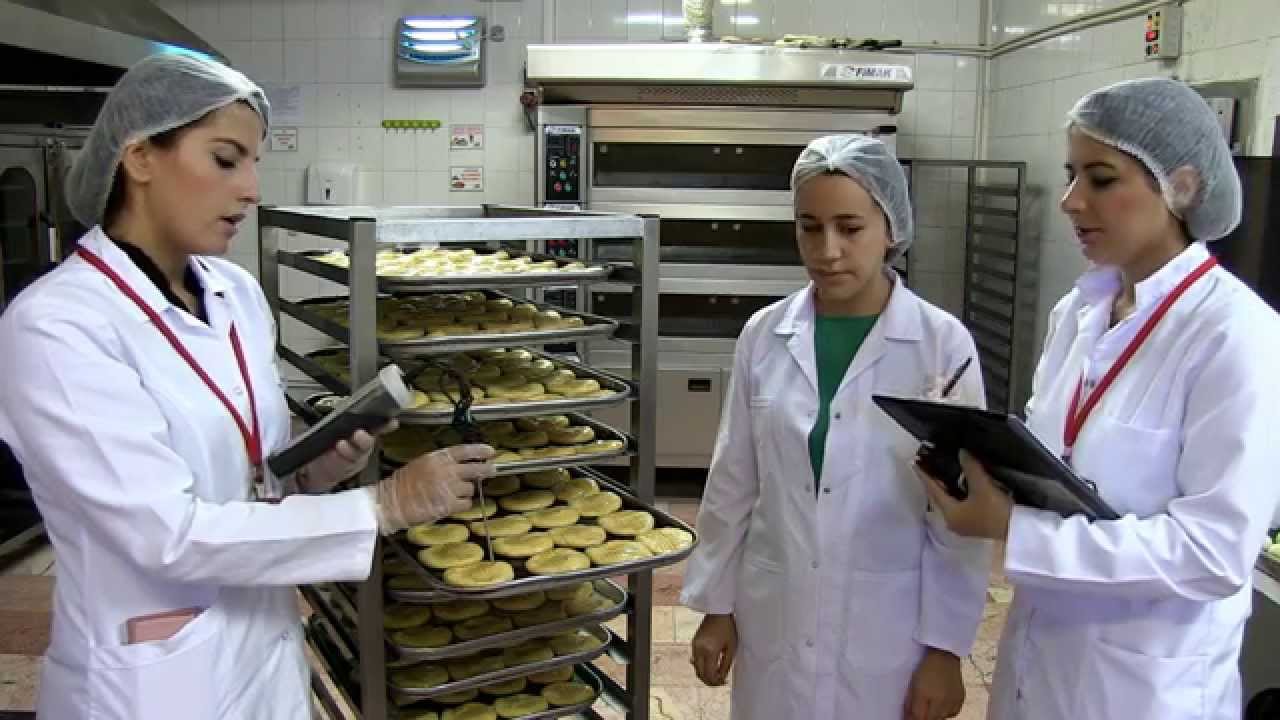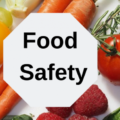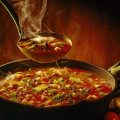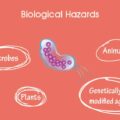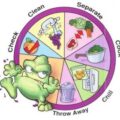Food safety continues as a critical problem in developed and developing nations for people, food companies, and food control officials. Food-borne diseases (FBD) are associated with outbreaks and threaten global public health security and have got an international concern. Food safety is a growing public health issue.
A safe handling practice refers to the handling guidelines and accessing processes of food products in order to prevent and rescue them from all the unwanted and unhealthy factors. These practices and actions can minimize risk from potential hazards and will enhance the quality and productivity of food.
The following questions will test your knowledge of food safety and hygiene answers are based on Canadian and United States standards:
- What are the symptoms of a food-borne illness?
a) vomiting
b) abdominal cramps
c) fever
d) all of the above
- Can you tell by the look or smell if food may cause food-borne illness?
a) No
b) Yes
- Always wash your hands:
a) before and after preparing food
b) repeatedly while you prepare food
c) before eating
d) all of the above
- What kind of cutting board is best for cutting meat and poultry?
a) wood
b) plastic
c) either of the above as long as you keep it clean, sanitized, and in good condition
- After using a cutting board and knife to cut up raw meat, poultry, or fish, what must you do before cutting cabbage for a salad?
a) wipe the board and knife off with a damp sponge
b) wash the board and knife with soap and water, and sanitize the board and knife with a mild bleach solution
c) use another clean cutting board and knife
d) both b) and c) are correct
- Wiping cloths and sponges can transfer food poisoning bacteria to surfaces.
a) True
b) False
- In what temperature range do bacteria grow rapidly (the food temperature “Danger Zone”)?
a) 4ºC to 60ºC (40ºF to 140ºF)
b) 15ºC to 80ºC (60ºF to 180ºF)
c) 27ºC to 100ºC (80ºF to 212ºF)
- How soon leftovers should be refrigerated or frozen?
a) within 2 hours
b) within 3 hours
c) within 12 hours
d) within 24 hours
- What is the recommended temperature for your refrigerator?
a) -18ºC (0ºF)
b) 4ºC (40ºF)
c) 7ºC (45ºF)
d) 10ºC (50ºF)
- The safest place to thaw frozen foods is on the kitchen counter.
a) True
b) False
- Is it safe to leave foods such as meat, poultry, fish, eggs, and dairy foods at room temperature for longer than TWO hours?
a) Yes
b) No
ALSO READ: What Are The 4 Types Of Food Contamination?
Food Safety Quiz Answers And Explanations
- (d) Food-borne illness can easily be mistaken for other illnesses. Many fail to recognize the symptoms. The Government of Canada estimates that there are about 11 million cases of foodborne illness in Canada every year (Canadian Food)
- (a) If you answered no…congratulations! Most people believe that unsafe foods give off odors and look spoiled. Food can look and smell fine but contain harmful bacteria that can cause food-borne illness. When in doubt, throw it out!
- (d) Handwashing helps prevent the spread of harmful bacteria. Unwashed hands can spread harmful bacteria to food, to equipment and surfaces, and to people, including you. Good handwashing technique is more important than what product you use to wash your hands.
- (c) The most important thing is to keep your cutting board clean and sanitized. Plastic boards can be safely put through the dishwasher. Wooden boards should be sanitized with a mild bleach solution. Consider having separate cutting boards for meat and vegetables. Throw away any board with deep knife scars.
- (d) Just wiping off or rinsing off a cutting board and knife is not good enough to get rid of any bacteria. The best method to keep your cutting board and knife safe is to first wash them with a warm water and soap solution. Then rinse off the soap and loosen dirt with clean water. Next, sanitize the board and knife with a mild bleach solution. Finally, allow them to air dry.
- (a) Wiping cloths and sponges need to be clean and sanitized too. Tiny particles of food easily get trapped in wiping cloths and sponges and provide a warm, moist environment for bacteria to grow. Wash wiping cloths and sponges often and soak in a mild bleach solution. Replace wiping cloths and sponges regularly.
- (a) The food Temperature Danger Zone is the range of temperatures over which bacteria grow rapidly. The food safety rule is: keep hot foods hot at 60ºC (140ºF) or higher and keep cold foods cold at 4ºC (40ºF) or colder.
- (a) Leftovers should be refrigerated or frozen within 2 hours of cooking to prevent bacteria from growing.
- (b) Harmful bacteria will not grow well at temperatures of 4ºC (40ºF) or lower. The freezer temperature should be -18ºC (OºF) or lower. Bacteria growth stops in the freezer. (Note: freezing temperatures do not kill bacteria.)
- (b) Thaw in the refrigerator, microwave, or under cold running water.
- (b) Protein foods – such as meat, poultry, fish, eggs, and dairy foods, should not be at room temperature for more than TWO hours.
ALSO READ: What Sign Of Cockroach Infestation Might Food Workers Notice


